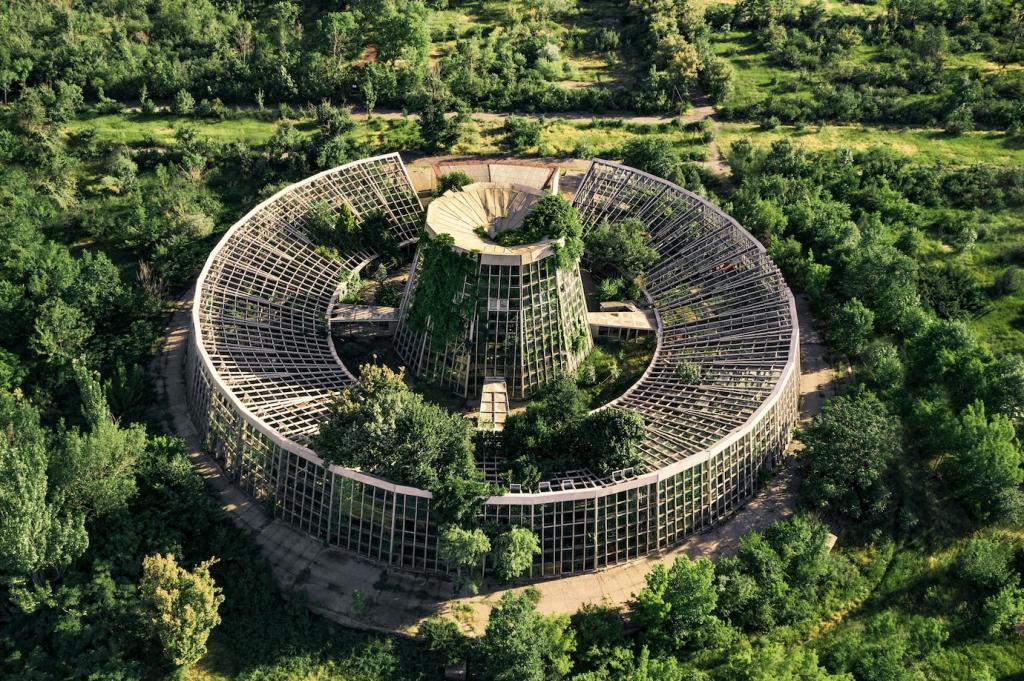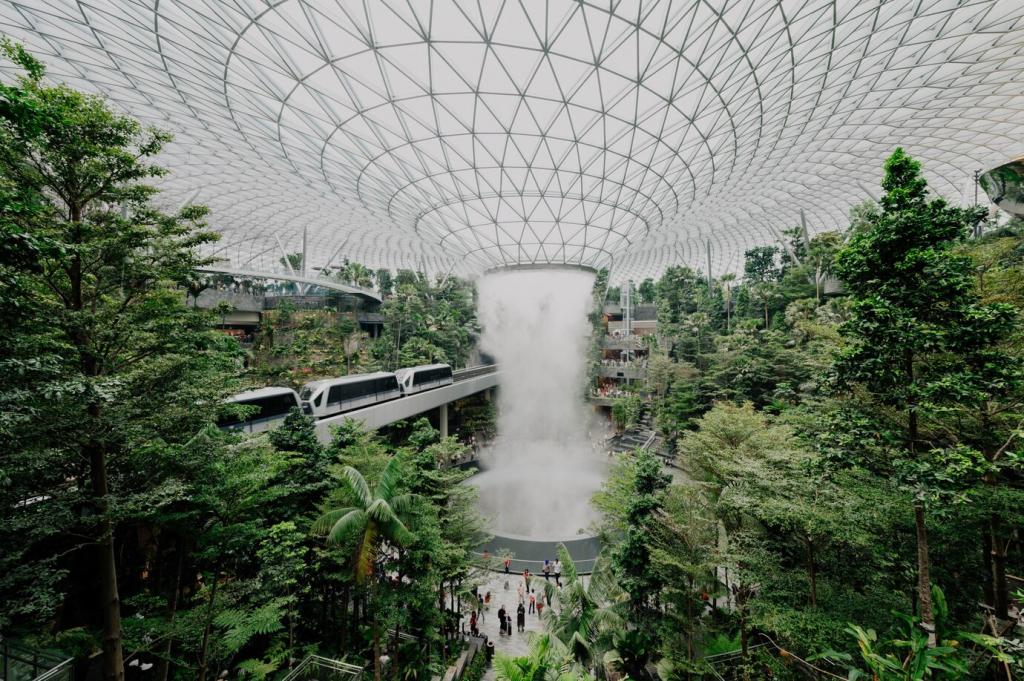Smart Cities and Eco-Friendly Infrastructure
One of the most significant components of smart cities is the use of data analytics to streamline urban workflows and enhance the allocation of resources. With sensors embedded in infrastructure, real-time data is collected continuously, giving city planners actionable insights into traffic patterns, energy consumption, and waste management. This information enables tailored responses—such as adjusting traffic signals to reduce congestion or dynamically regulating energy usage. When implemented thoughtfully, data-driven strategies lead to an urban environment that is both more efficient and more sustainable, minimizing unnecessary waste while providing better services for citizens.
The Vision of Smart Cities
Green Building and Sustainable Architecture
Incorporating Renewable Materials
Modern sustainable architecture relies heavily on using renewable, recycled, or locally sourced materials to lessen the environmental costs of construction. Building with bamboo, reclaimed wood, recycled steel, and low-impact concrete helps minimize resource depletion and carbon emissions. These materials also contribute to healthier indoor environments by reducing the presence of toxins or off-gassing. Advances in material science now allow architects to design buildings that are not only environmentally responsible but also durable and aesthetically pleasing, making eco-conscious choices more accessible for urban development.


Energy-Efficient Design Principles
Energy use represents a significant proportion of a building’s environmental footprint, from heating and cooling to lighting and appliance operation. Sustainable architecture incorporates design principles such as passive solar orientation, green roofs, high-efficiency HVAC systems, and enhanced insulation to reduce energy demands. Smart sensors and automated energy management further optimize performance, adjusting climate and lighting according to occupancy. By integrating these techniques, buildings can achieve certifications such as LEED or BREEAM, signaling a true commitment to sustainability and significantly cutting operational costs over the structure’s lifetime.
Innovative Mobility Solutions
Electrifying Public and Private Transportation
One major step toward sustainable mobility is the electrification of vehicles, from public buses to private cars and shared fleets. Electric vehicles produce zero tailpipe emissions, significantly improving air quality in densely populated areas. Smart cities support this shift by investing in widespread charging infrastructure and incentivizing the adoption of e-mobility through subsidies or privileged parking. Large-scale transitions to electric transit fleets further decrease pollution and greenhouse gas emissions, exemplifying the role of infrastructure in shaping cleaner urban transport.
Promoting Smart, Shared Mobility
Car-sharing, bike-sharing, and ride-hailing platforms, empowered by digital applications, are transforming how people navigate cities. By emphasizing shared over individual ownership, these solutions decrease the number of vehicles on the road, easing congestion and reducing the need for extensive parking space. Real-time data on availability and traffic allows for seamless, efficient trips, while integration with public transit extends the reach of urban mobility networks. Encouraging smart, shared transportation options not only reduces environmental harm but also fosters a more inclusive and flexible approach to getting around.
Enhancing Active Transportation Networks
Creating infrastructure to support walking and cycling is essential for the health and sustainability of cities. Dedicated bike lanes, pedestrian-friendly streets, and traffic-calmed zones make active modes of transport safer and more attractive. Smart technologies such as app-guided walking tours, bike-sharing systems, and real-time air quality monitoring further encourage the shift toward non-motorized journeys. These efforts not only lower emissions, but also contribute to public health and social cohesion by making the urban landscape more enjoyable and accessible for everyone.
